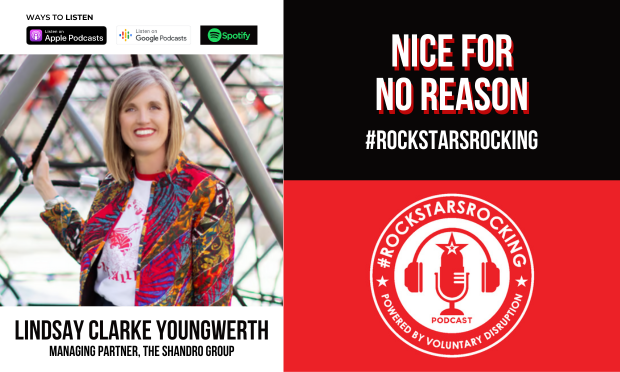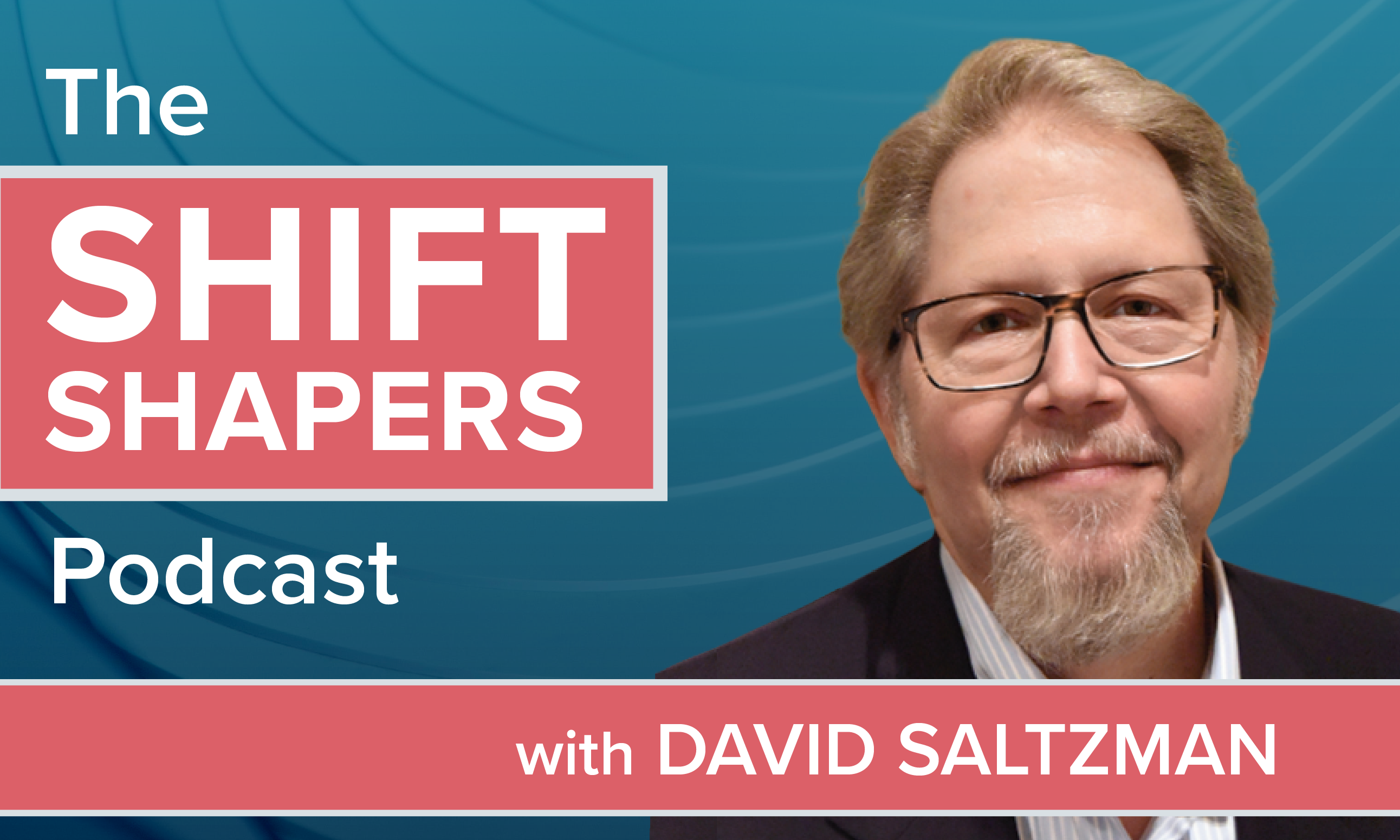 Employee benefits are one of themost important tools for retaining and recruiting employees. Theyare also quite expensive for the employer and theemployee. Too often, utilization falls short, underselling thevalue of a strong employee benefits offering.
Employee benefits are one of themost important tools for retaining and recruiting employees. Theyare also quite expensive for the employer and theemployee. Too often, utilization falls short, underselling thevalue of a strong employee benefits offering.
In order to receive a positive return on investment (ROI) foremployee benefits, engaging employees is key. Employees that have aclear understanding of their benefits will use their insurance forpreventative care or when they first fall ill, instead of waitinguntil they are in the emergency room. A clear understanding isachieved through one central location for important information,comprehensive education during benefits enrollment, and support forsmart decision-making.
|A central location for the importantinformation
A centralized location for relevant benefits information givesemployees seamless access to their plans and increased knowledge ofhow to use them.
|Creating one central location does not mean uploadinginformational flyers to a shared folder in the cloud. Instead, it'sabout creating a space for employees to conduct all of theirbenefits activities, from start to finish. Furthermore, it'simportant for this information to be available anywhere, at anytime.
|One of the most popular examples of a central, online locationfor benefit information is an online enrollment platform. With mostonline enrollment platforms, employees have the ability to:
- Learn about the plans available to them and the associatedcosts
- Complete benefits enrollment
- Access the necessary contact information for carriers andservice providers
- View plan and policy numbers at any time during the year
Mobile devices present a great opportunity to increase access tobenefit information for employees. At EaseCentral, the benefitsadministration software company I run, we recently looked at thevolume of enrollments and account access on different devices in2017. We found that nearly 25 percent of employee users viewedtheir benefits via a mobile phone or tablet and 14 percentcompleted benefits enrollment their enrollment on thosedevices.
|Voluntary benefits and other service providers are usingmobility and accessibility to help employees experience the truevalue of their benefits. Telemedicine is a great example, reducingcosts and bringing the doctor to the employee via video chat. Butmany telemedicine providers struggle to drive activation andutilization. MDLIVE recently released a mobile chatbot whichenables employees to activate their employer-sponsored telemedicineaccounts by sending a text message. Consider choosing solutionsthat not only offer a cost advantage but also support you indriving utilization in their offering.
|Provide comprehensive benefits education during openenrollment
It's natural for employees to think about health benefits themost in the months prior to and during open enrollment. This is anopportune time to offer comprehensive benefits education forincreased engagement.
|Plan Education
|With more plans designed to account for rising premiums anddeductibles, benefits are becoming more complex. This means planeducation is even more necessary for high utilization rates.
|For example, if employees have access to health savings accounts(HSAs), make a presentation that explains how an HSA complements ahigh deductible health plan and what factors to consider whendeciding how much money to contribute. If the HSA you offerrequires an employee to set up an account with the HSA provider orto send a form to their HR department, it's important to explainhow to do that.
|The same goes for non-health-related benefits. As student debtrises, loan repayment assistance programs are a great benefit formillennials entering the workforce. But employees won't utilizethem unless they know how to. It's important to communicate theinterest rates, setup details, and any perks that make the benefitthey're offered better than their current loan payment program.
|Video consumption is on the rise with sites like Youtube andFacebook becoming ubiquitous and telecommunication companiesoffering unlimited data place. Videos can be a great asset for planeducation, whether they're about HSAs, loan repayment programs, ormedical plans in general. In fact, 78 percent of people watch online videos every week, and 55 percentview online videos every day.
|Many insurance carriers have videos about their different plantypes. These videos include information about the plan, how thebenefit can or should be used, and contact information ifassistance is needed. Additionally, if employees are using a typeof online enrollment software as mentioned earlier, a videoexplaining how to access the software, complete enrollment, andaccess benefits in the months following enrollment is key.
|Enroller Assistance
|Enrollment firms present another tool to improve benefitutilization across all your groups. There are enrollment firms youcan work with to offer employers and employees 1-on-1 assistance,resources, and supplemental plan expertise during open enrollment.Enroller firms often use technology to support these efforts,making it easier for employees to understand what benefit optionsare available to them, the total cost per pay period, and what thebest option is for them and their dependents. They not only coverwhat the voluntary benefit is and how to use it, but they also takeemployees' medical benefits into consideration when offeringinstruction. This way, employees understand exactly how thevoluntary benefit will improve their access to care, and in whichinstances they should take advantage.
|Offer tools for better decision-making
Providing employees with tools that help them make smartdecisions about their health benefits is a growing trend.
|Smarter health care decisions can be encouraged with costcomparison and quality measurement technology, which bring healthcare quality, access, and out-of-pocket costs to the forefront.Employees are able to set realistic expectations about when theycan see a doctor, what their visit will cost, and what type of careto expect. All of these factors encourage employees to utilizetheir benefits before being forced to go to the emergency room,reducing future premium costs for the employer and medical billsfor the employee.
|To illustrate, think of a new employee who moved from anotherstate or country to join a company. Not only do they have to electnew benefits and familiarize themselves with those new plans, butthey also have to find new physicians. Cost comparison and qualitymeasurement technology tools allow them to use the internet toidentify which doctors are highly-regarded, taking new patients,and accept their insurance. Advocacy services are helpful in thiscase too, because they can help a patient transfer their medicalrecords and decipher regulations that weren't present in theirprevious network. The easier it is for them to find and use medicalcare, the likelier they are to use their benefits.
|Engagement leads to action
Without driving utilization, employers can pay unnecessarilyhigh premiums and create unhealthy and unhappy employees. Rememberto give employees access relevant information in one centrallocation, comprehensive education about their plans, decisionmaking support.
Complete your profile to continue reading and get FREE access to BenefitsPRO, part of your ALM digital membership.
Your access to unlimited BenefitsPRO content isn’t changing.
Once you are an ALM digital member, you’ll receive:
- Critical BenefitsPRO information including cutting edge post-reform success strategies, access to educational webcasts and videos, resources from industry leaders, and informative Newsletters.
- Exclusive discounts on ALM, BenefitsPRO magazine and BenefitsPRO.com events
- Access to other award-winning ALM websites including ThinkAdvisor.com and Law.com
Already have an account? Sign In
© 2024 ALM Global, LLC, All Rights Reserved. Request academic re-use from www.copyright.com. All other uses, submit a request to [email protected]. For more information visit Asset & Logo Licensing.








